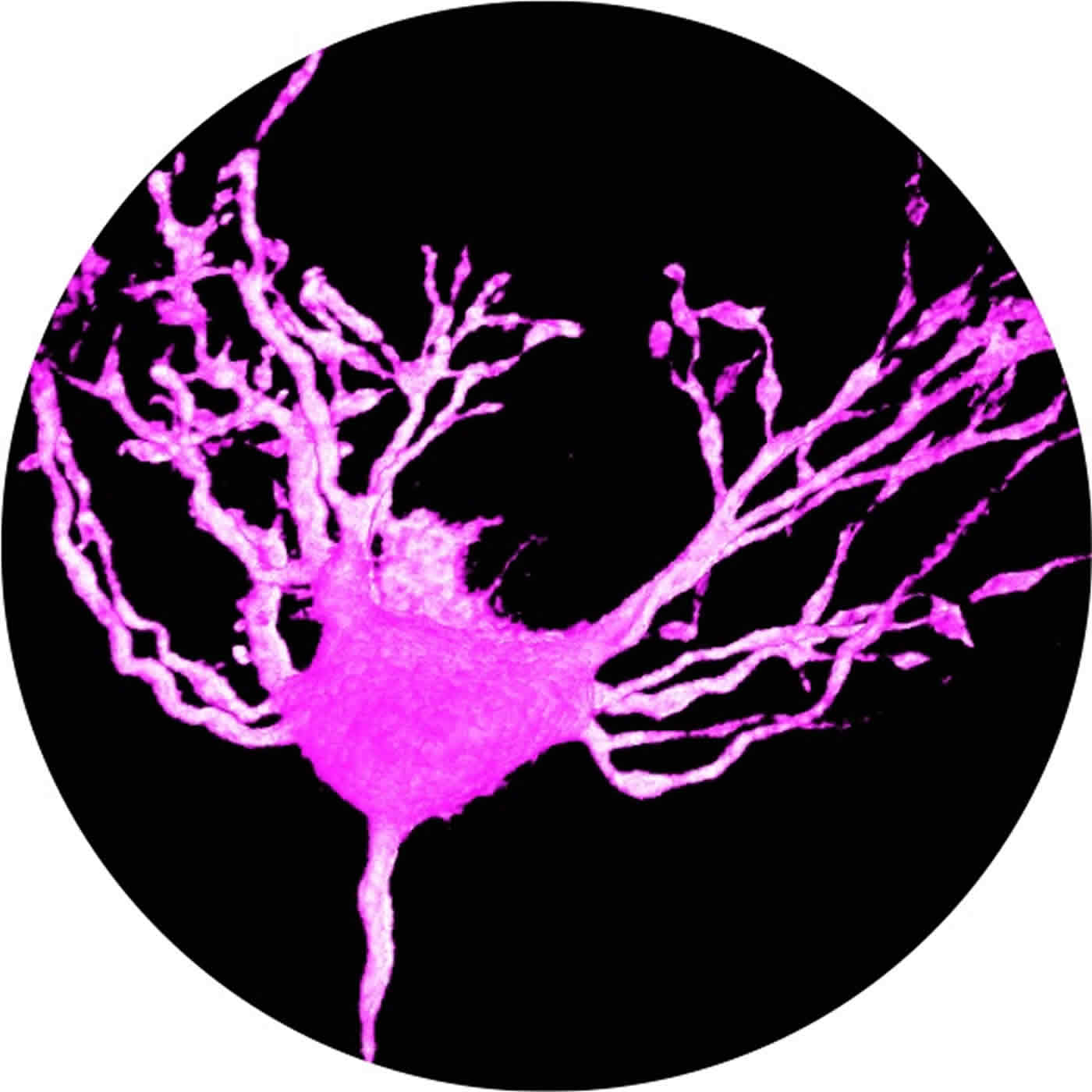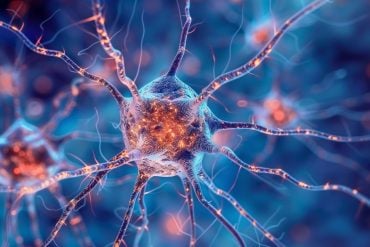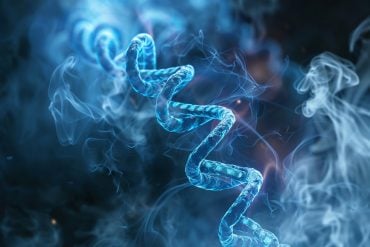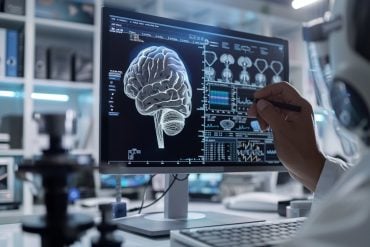BigNeuron project will ‘bench-test’ algorithms on large-scale datasets to define the best 3D methods of reconstructing individual neurons.
The Allen Institute for Brain Science is spearheading a landmark international effort to define and advance the state-of-the-art digital reconstruction and analysis of single neurons. The project launching today, called BigNeuron, aims to create reliable high-throughput and quantitative 3D reconstructions of the thousands of branches that make up individual neurons: a crucial step to ultimately understanding how the brain encodes information.
“In our quest to learn how the brain works, one of the fundamental steps is to understand how neurons function, and an individual neuron’s shape is a major contributor to its role in the brain,” says Allan Jones, Ph.D., CEO of the Allen Institute for Brain Science. “There has been much exciting work in the field of digitally reconstructing the shapes of individual neurons, but the community needs standards in order to both make the most of the work we’ve already done and to make sure that the work we do in the future will be of the greatest possible value.”
Advances in technology and imaging of individual brain cells have yielded a large library of three-dimensional images of neurons, as well as dozens of different programs to create digital reconstructions of the neurons’ structures. But because no standards exist to compare the algorithms, which are often built on different platforms and use different standards of analysis, these large data sets cannot be analyzed and compared as a whole. BigNeuron is a partnership with some of the leading research and computing centers around the world, including: Janelia Research Campus (HHMI); Oak Ridge National Laboratory; National Energy Research Scientific Computing Center at the Lawrence Berkeley National Laboratory; the Human Brain Project; the University of Cambridge; the Wellcome Trust; NeuroMorpho.org and George Mason University; Beijing University of Technology; the International Neuroinformatics Coordinating Facility (INCF); FlyCircuit.org; and Erasmus University Medical Center.
“This is truly a worldwide collaboration to define the best algorithms and methods, with the goal to create the most reliable and robust neural reconstructions possible,” says Hanchuan Peng, Ph.D., Associate Investigator at the Allen Institute for Brain Science and lead organizer of BigNeuron. “We are ‘bench testing’ many different algorithms, comparing how each of them handles very large scale, publicly available 3D neuron image datasets.”

The results of BigNeuron will include a large set of open-source, community-based tools for neuroscience studies, standardized protocols for researchers to create their own neuron morphologies, and a rich library of morphological feature definitions and algorithms to provide a foundation of quality metrics and classification organized in an openly available database of single neuron morphology data. “Each of the nearly 100 billion neurons in a human brain is shaped like a miniaturized tree, with thousands of ultra-thin branches that can span from ear to ear, enabling neurons to connect, process information, and learn,” says Giorgio Ascoli, Ph.D., Principal Investigator of NeuroMorpho.Org, Director of the Center for Neural Informatics at George Mason University, and author of Trees of the Brain Roots of the Mind.
“These arbors are so diverse that, after three decades of manual reconstructions from microscopic imaging in countless labs worldwide, no one knows yet the number of distinct types or shapes even in the nervous systems of mice or flies. BigNeuron’s success will provide the community with much needed reliable, repeatable, high-throughput, quantitative data to begin piecing together the complex neural puzzle.”
BigNeuron will encompass a series of international hackathons and workshops, the first of which took place in Beijing, China on March 16-20, 2015. Future workshops are scheduled in Cambridge, UK, at Janelia Research Campus (HHMI), and in Boston and Seattle. Algorithms and data for bench testing are being collected from labs around the world, using different light microscopy techniques in many different species, and supercomputing analysis will be conducted and validated at Oak Ridge National Laboratory and Lawrence Berkeley National Laboratory, among others.
“As data collection for neuron morphologies becomes automated, high-throughput approaches will generate high-resolution images of thousands, perhaps even millions of neurons,” says Nelson Spruston, Ph.D., Scientific Program Director at the Janelia Research Campus at HHMI. “As these experimental methods accelerate, it is critical that the methods for analyzing the data keep up. BigNeuron is an effort to make that happen.”
The partners of BigNeuron are:
- Allen Institute for Brain Science, Seattle, Wash., USA
- Janelia Research Campus, HHMI, Ashburn, Va., USA
- Oak Ridge National Laboratory, Oak Ridge, Tenn., USA
- National Energy Research Scientific Computing Center at the Lawrence Berkeley National Laboratory, Berkeley, Calif., USA
- Human Brain Project, Europe
- Wellcome Trust, London, UK
- University of Cambridge, Cambridge, UK
- NeuroMorpho.org/George Mason University, Fairfax, Va., USA
- International Neuroinformatics Coordinating Facility (INCF), Stockholm, Sweden
- FlyCircuit.org/National Tsing Hua University, Hsinchu, Taiwan
- Beijing University of Technology, Beijing, China
- Broad Institute, Cambridge, Mass., USA
- Erasmus University Medical Center, Rotterdam, Netherlands
Contact: Press Office – Allen Institute for Brain Science
Source: Allen Institute for Brain Science press release
Image Source: The image is credited to Allen Institute for Brain Science






